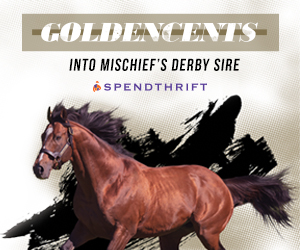In New Zealand, Thoroughbred, or galloper, horse races are a popular sport and historic form of entertainment. Shortly after European colonization, horse races started to develop and became the most visited form of entertainment in the past century. In 1913, the world’s first totalisator machinery was constructed at Ellerslie Racecourse, Auckland, New Zealand’s largest racetrack.
And while our ancestors spent their days betting on the horses with their “lucky” number, we are lucky to have a mobile casino to spend just a few minutes a day with a chance of winning a fortune, and all that without going anywhere.
But as the people at the beginning of the 20th century lacked such an opportunity, they could have spent all weekends just gathering around race tracks and drinking tea (or something stronger) while waiting for the outcome.
Horse racing in some form or another should have been expected to start swiftly in a settlement populated primarily by British colonists. In the colonial possessions, horses were a cherished asset.
Thoroughbred racing, alongside related practices such as horse breeding, grooming, and maintenance, race gambling, race-day organization, and overall amusement, has grown into a multibillion-dollar business sector. The New Zealand Thoroughbred Racing Incorporated regulating body was established to control the fast-growing industry.
Since 1857, after Robert Graham organized a race gathering on his land, which is presently known as Ellerslie Racecourse, thoroughbreds regularly competed at Ellerslie, Auckland’s main track. In 1872, the Auckland Racers Community bought 36 acres of land from Graham, upon which the racecourse now stands.
As early as 1864, galloping races were featured as part of the curriculum at some of the Otago Southland horse events. Around this period, the first totalisators had been established. They encountered criticism from anti-gambling groups, but the Colonial Secretary accepted and legalized them.
The stakes were only approximately a “tenner” ($10) in the inaugural galloping races on a racetrack in Canterbury in 1875, well before totalisator was installed, however, the event drew a lot of attention.
Initial colonies were soon attracted to horse racing. It must have been a centerpiece of Wellington, Auckland, and Canterbury’s first anniversary celebrations. Race gatherings quickly turned into important social and sporting activities. The first ones were possibly held in Auckland in the 1840s. The troops used their garrison horses to organize rallies in Auckland and Onehunga, with the commanders functioning as authorities.
The New Zealand Racing Conference was founded to regulate the thoroughbred horse-racing activity in the country. They organized the accommodations, set up the law, and elected the administrators. Local clubs would have their own set of regulations, although they were all inspired by the Jockey Club in Great Britain. Due to the extreme challenges of transportation and communication, there was minimal cooperation between clubs until the late 1860s.
These days the horse-racing industry remains profitable and popular among people of all ages and classes. The totalisator is authorized to be used by 71 racing venues and 17 hunt organizations, with a maximum of 259 days allowed to spend on racing. All racing clubs are non-proprietary, and their committees and referees are chosen by their members. Every racing club is accountable for its administration and race meetings. The majority of racing clubs operate their racetracks.



